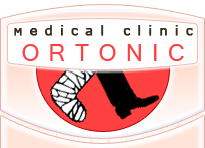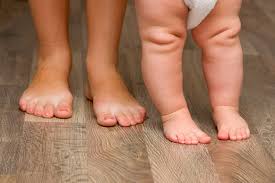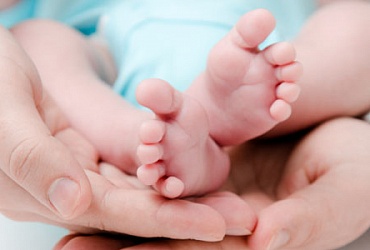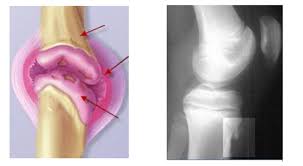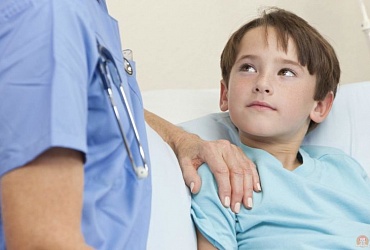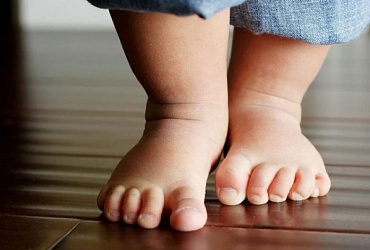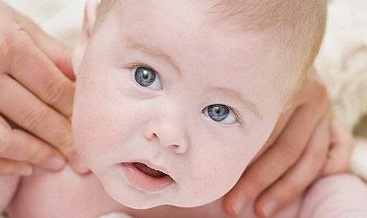Scoliosis


Scoliosis in children is a very common pathology, which is very common not only among schoolchildren, but also among preschool children.
Scoliosis is a pathological curvature of the spine to the left or right in the frontal plane, resulting in later "twisting" of the vertebrae and increasing physiological curves. The resulting squeezing of blood vessels and internal organs causes disruption of the cardiovascular, respiratory, urinary, nervous and other body systems.
Symptoms:
Children with scoliosis of I-II degree do not make any complaints. But people around them notice their head always lowered, the asymmetry of the back, the collapsed shoulders. At the III-IV degree of deformity, the child sometimes begins to complain of back pain, he may be dizzy, he notices temporary pain in the heart and heart palpitations. The stiffness of movements increases, the child becomes inattentive, quickly becomes tired. Small children may have difficulty walking, stumbling, losing balance.
You can see the signs of scoliosis independently. Ask the child to stand, turn his back to you, lower his hands along the trunk and do not strain. If you notice that one shoulder is located above the other, or one shoulder is above the other, or in the waist area, the distance from hand to body on one side is higher than the other, ask the child to lean forward. In this position, you can see that not all vertebrae lie on the same line. The presence of at least one of these signs is a reasonable reason to go to a pediatric orthopedist to exclude scoliosis. With this disease, the principle operates: early treatment is a favorable outcome. The child's organism is not yet fully formed, it continues to grow, so it is much easier to resist the progression of scoliosis in a child than in an adult.
The orthopedist doctor chooses the treatment tactics strictly for each child strictly individually. It is determined by the age of the patient, the degree of severity of scoliosis, the course of the disease (with or without progress). All methods of treating this type of deformation of the spine are divided into conservative and surgical.
Conservative treatment
This type of treatment implies orthopedic regimen, massage, physiotherapy procedures, exercise therapy, manual therapy, wearing a corset. The orthopedic regime includes constant monitoring of correct posture, sleep on a solid shield, unloading of the spine by the horizontal position of the body several times a day. If the child has scoliosis of I-II degree, and the disease does not progress, all measures are carried out to eliminate the causes contributing to curvature, the organization of the correct motor activity of the patient and the unloading of the spine. The main thing is to prevent the progress of the pathological process.
Surgical treatment
If conservative treatment does not give the desired effect, and the disease progresses, if the angle of scoliosis exceeds 40 °, and the child has impaired internal organs functions, he is shown surgical treatment of the disease. The doctors try to do the operation after 10, but up to 14 years, since this age interval is considered optimal for its conduct.
Surgical treatment means implantation in the chest of special devices (distractors, endocorrectors, etc.), fixing the spine in the maximum possible rectified state. Operative intervention is always preceded by the extension of the spinal column. Other variants of surgical treatment are bone-plastic (resection of the vertebrae), mobilizing (removal of the intervertebral disc, etc.) and cosmetic (resection of the intervertebral disk, angle of the scapula, etc.) of the operation. After any surgical intervention, the child undergoes a long course of rehabilitation therapy.